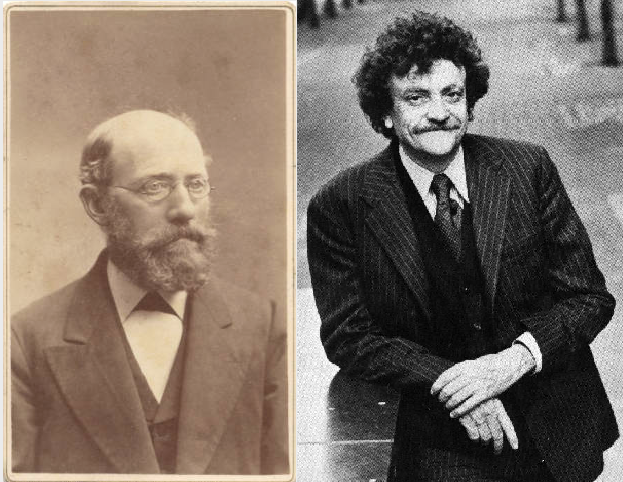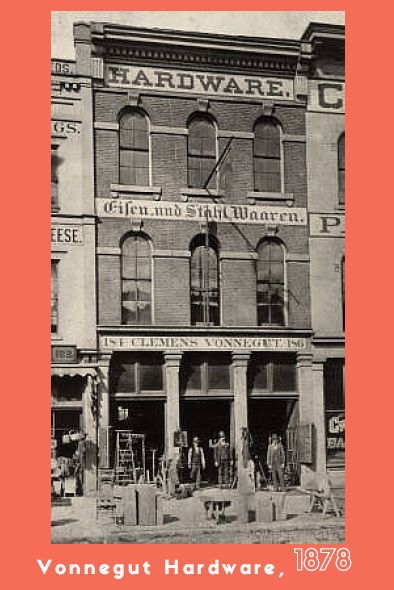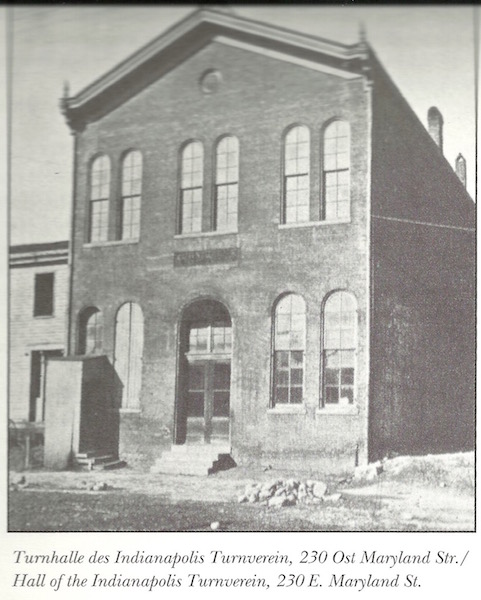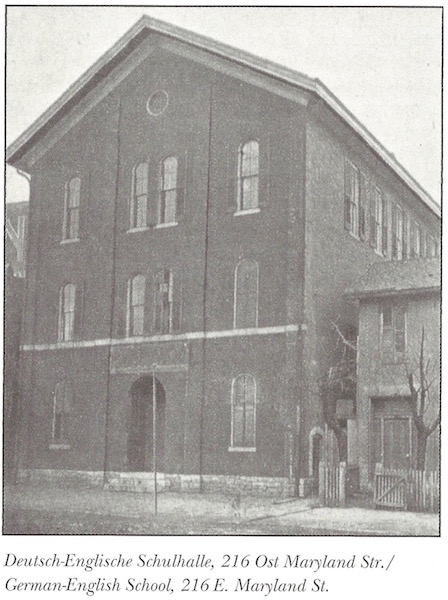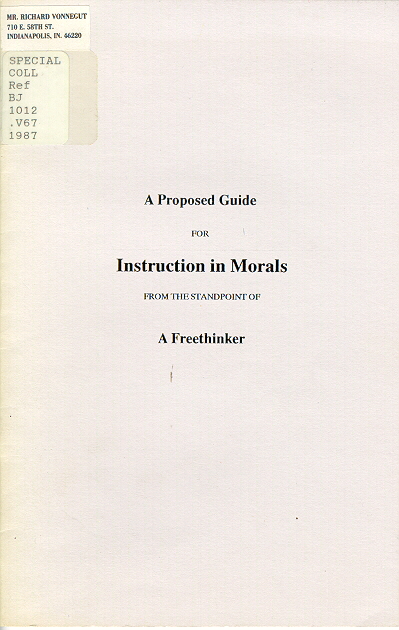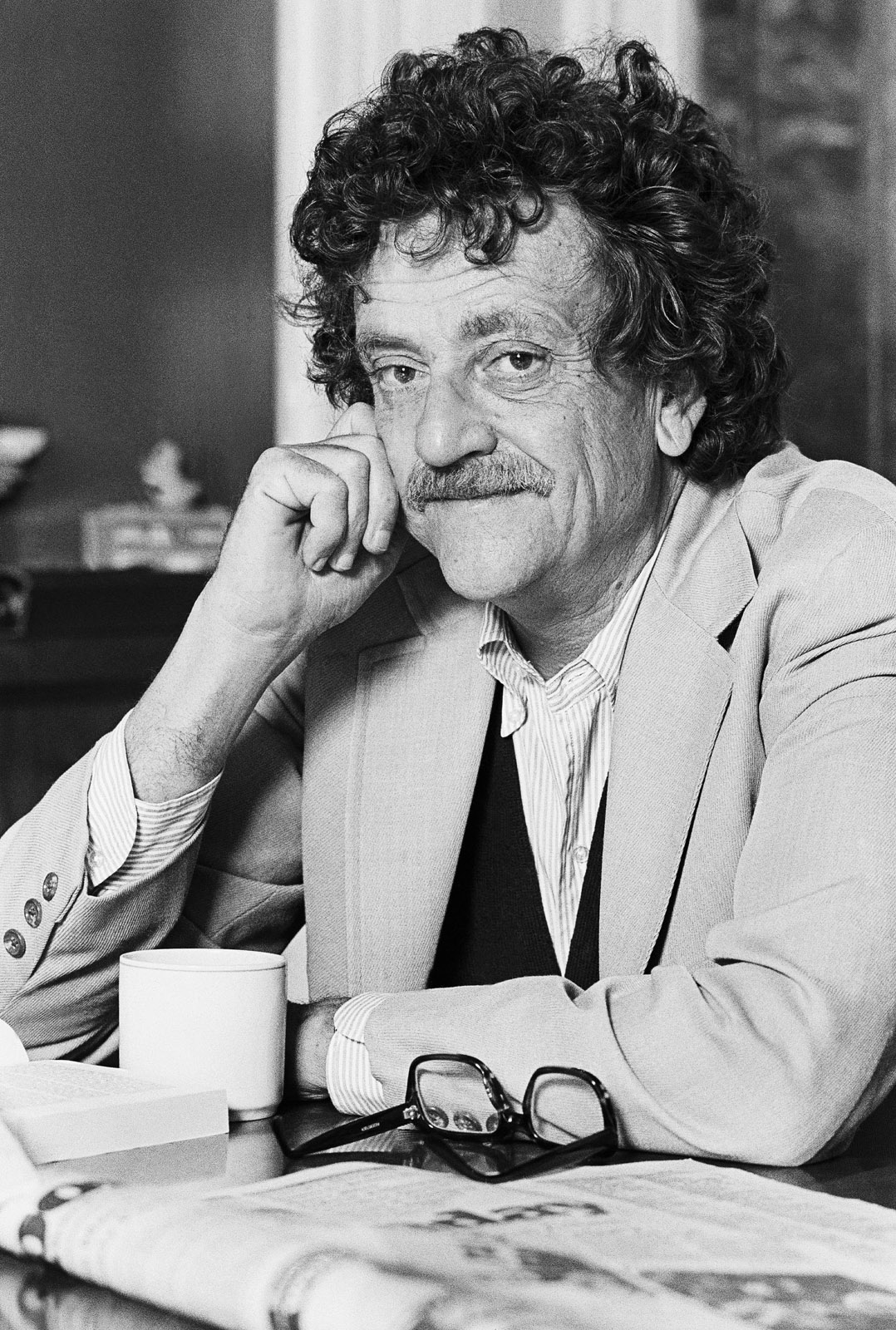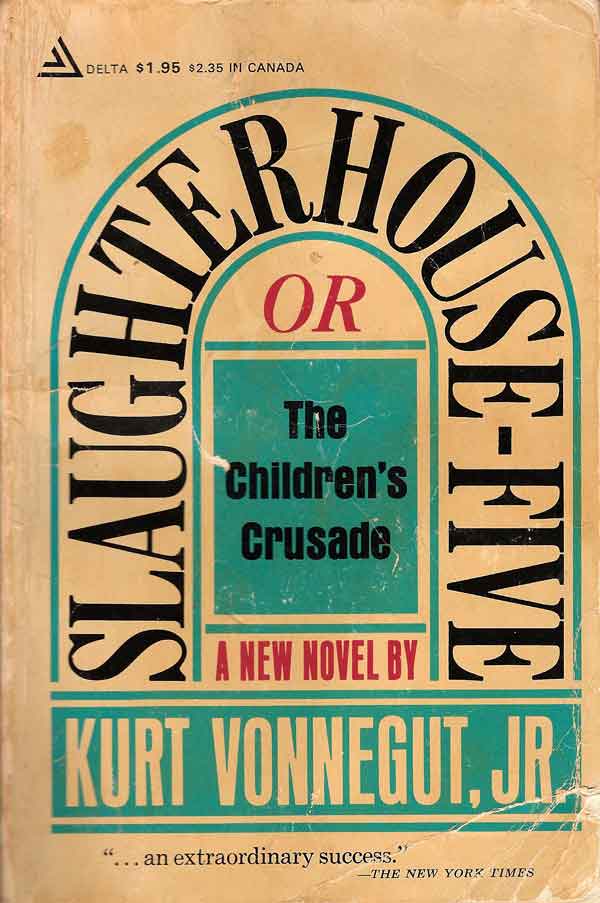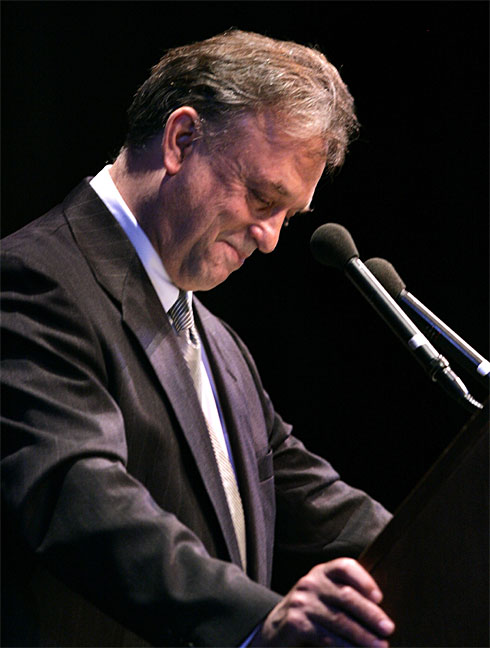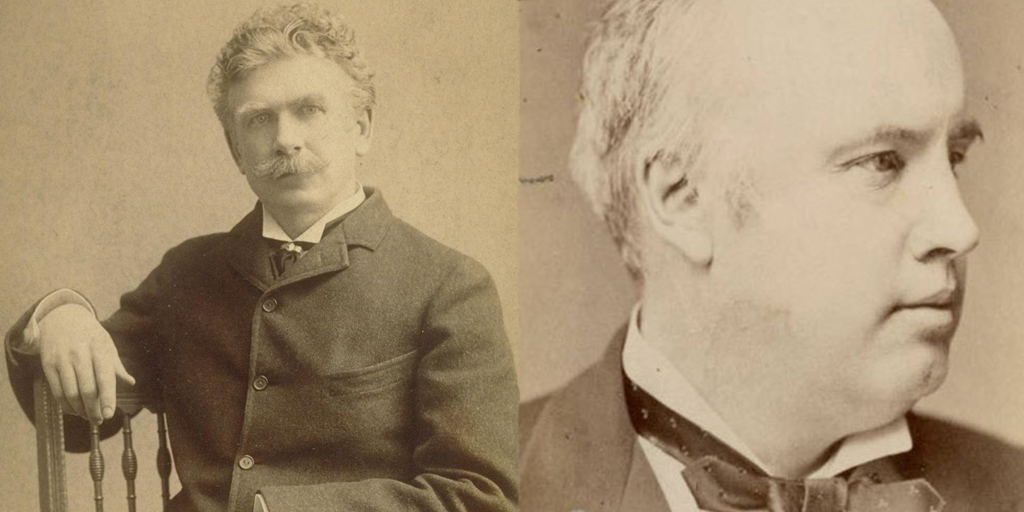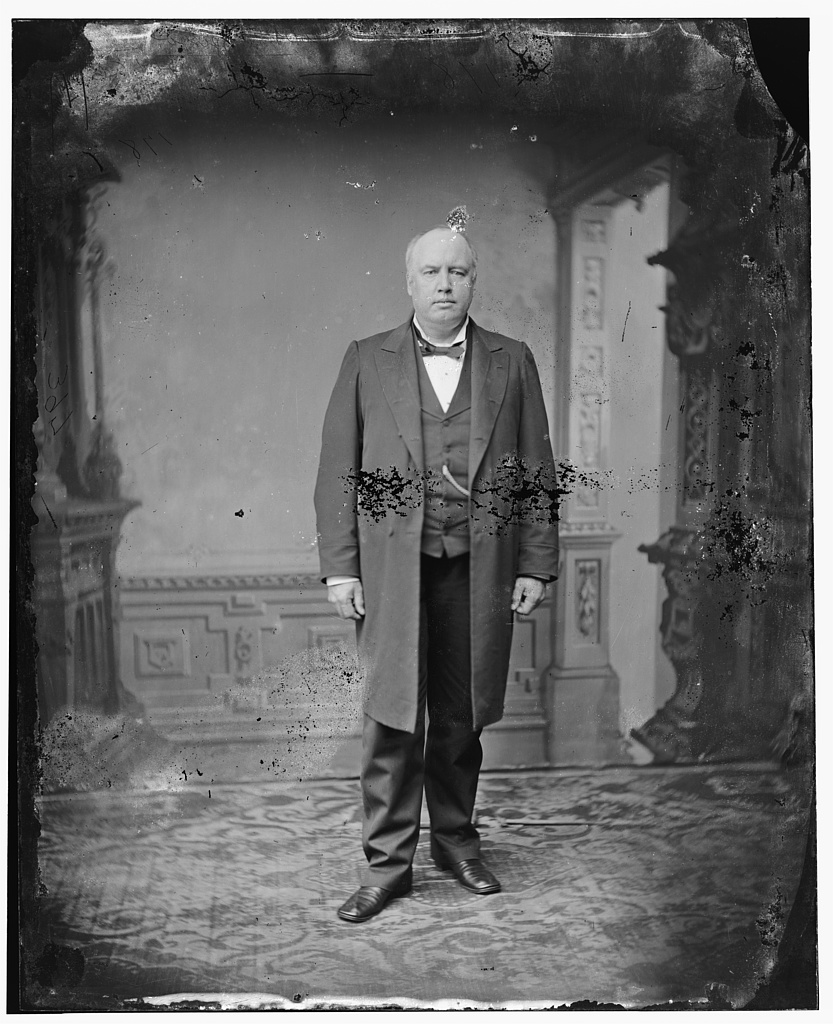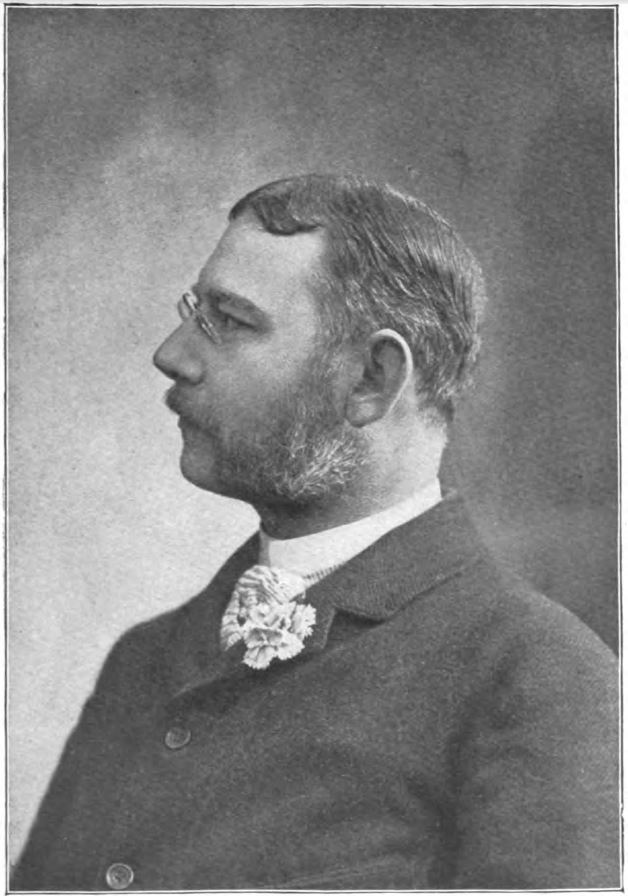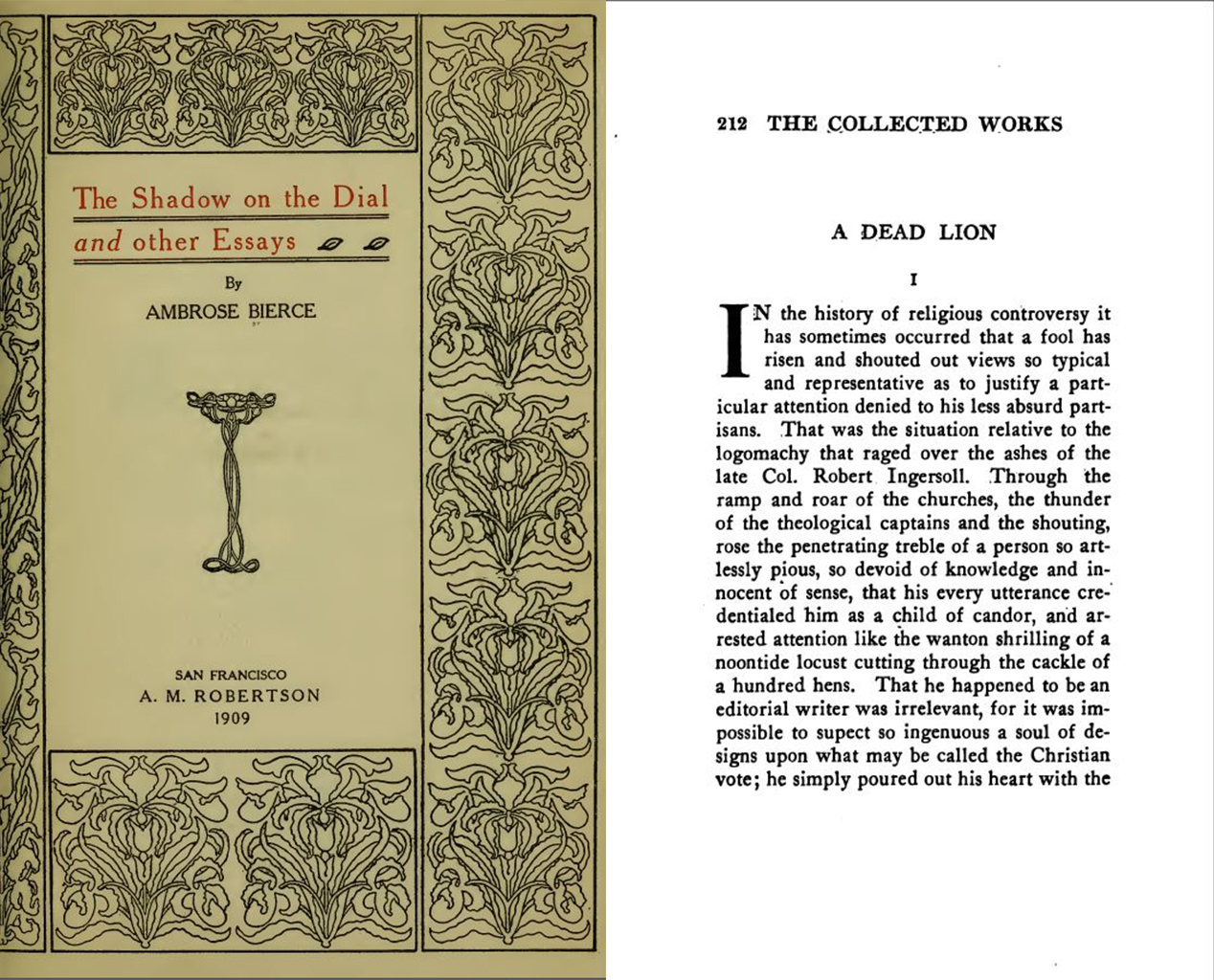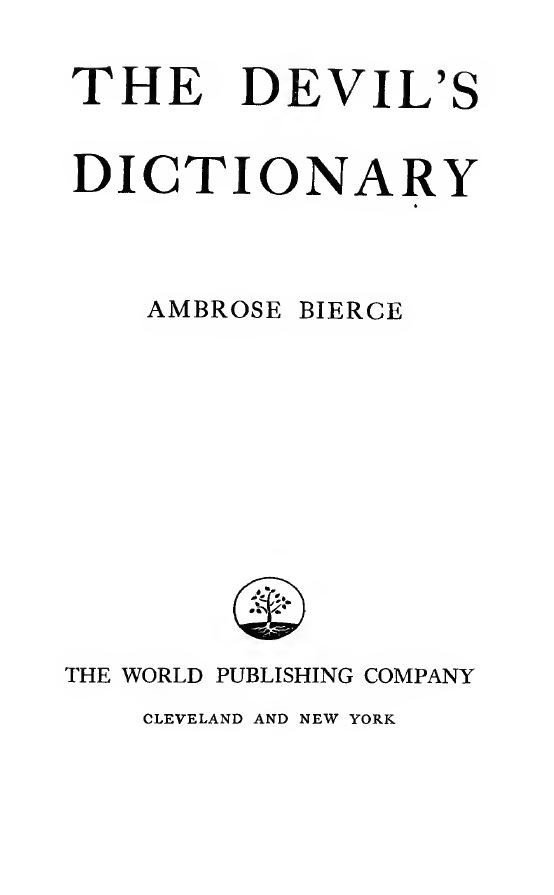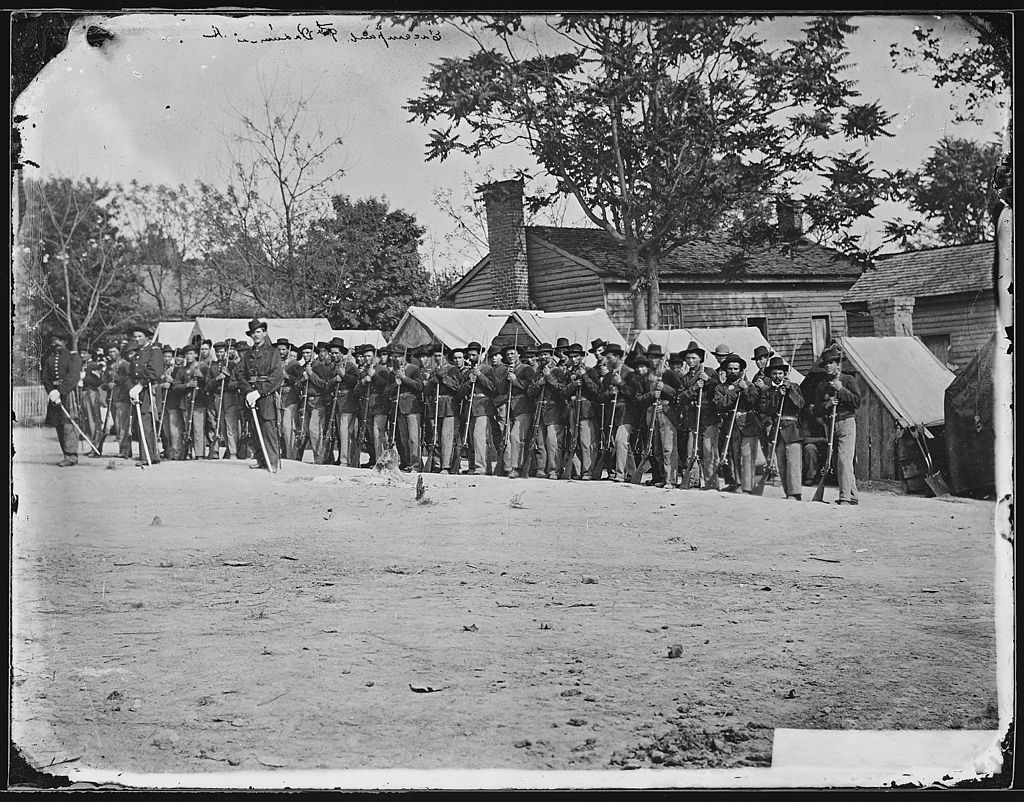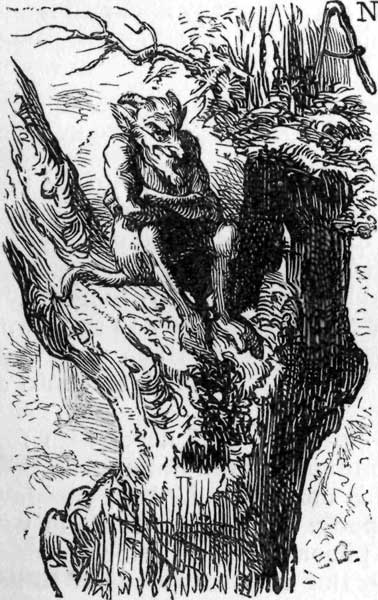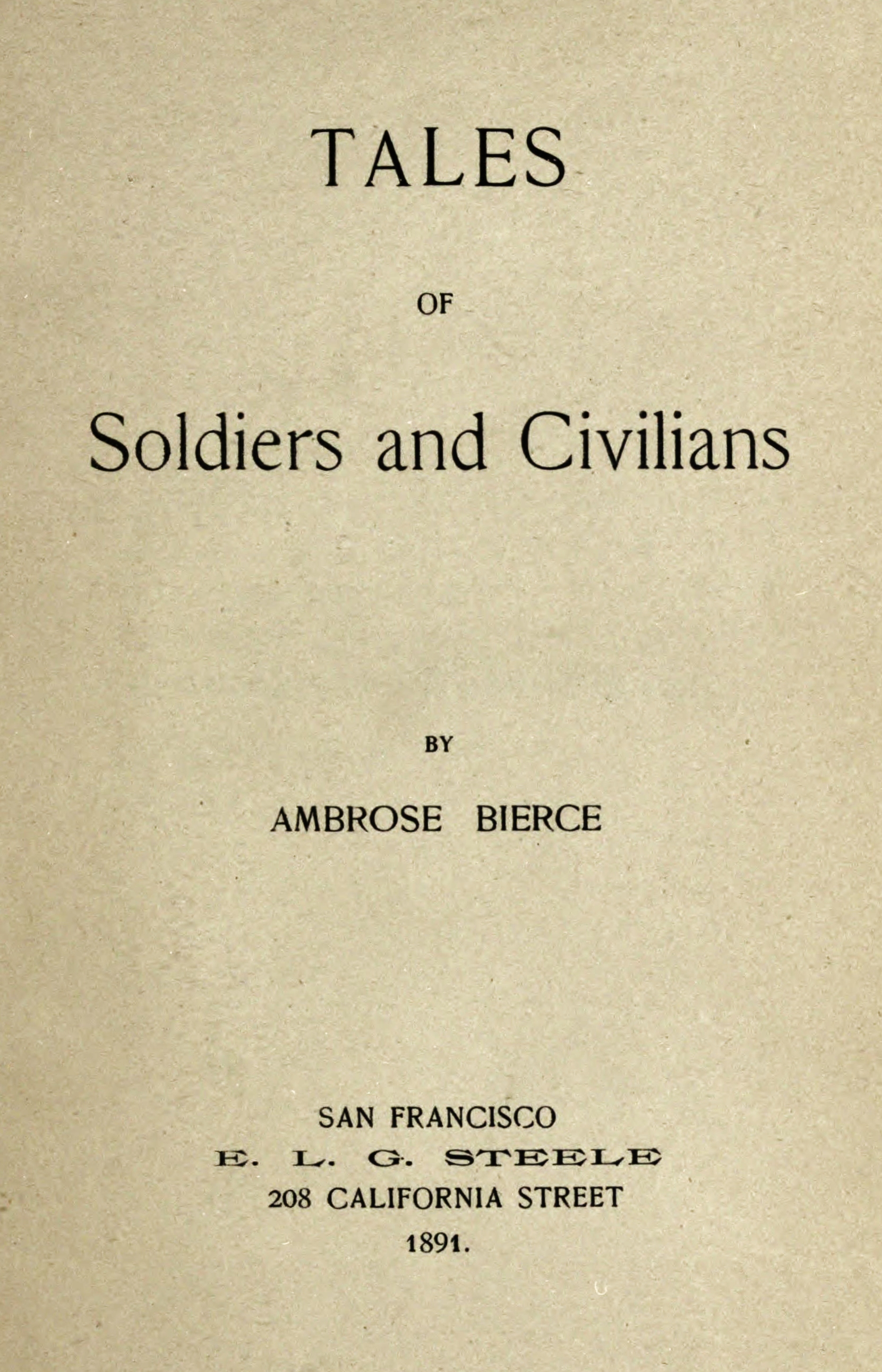
From James Whitcomb Riley to Kurt Vonnegut, Indiana is well-known for its literary heritage. This heritage developed, in-part, through personal appearances, where authors read from their works and shared new material with audiences. Of the lecturers, one of the most successful during the Gilded Age was Mark Twain. Born in Missouri as Samuel L. Clemens, Mark Twain became one of the late-19th century’s most popular and acclaimed authors. Alongside his successful career as a novelist and cultural critic, Twain crisscrossed the country, regaling packed theaters with stories, readings from new written material, and plain-old good jokes.

One of his first visits to Indiana as a lecturer was January 4, 1869, when he performed a reading of “The American Vandal Abroad.” As reported by the Indianapolis Daily Sentinel:
We caution our readers not to forget the treat prepared for them this evening by the Library Association. Mark Twain, one of the real humorists of the day, will deliver his lecture entitled “The American Vandal Abroad,” and his merits entitle him to a large audience. The lecture will be delivered at Metropolitan Hall, and reserved seats may be secured without extra charge at Bonham’s Music Store.

While the exact content of his performance from that night was not reported, he had repeatedly given the lecture through 1868-69, and a compiled version was published by literature scholar Paul Fatout, in his book, Mark Twain Speaking. In this lecture, Twain referred to the “American Vandal” as someone who “goes everywhere and is always at home everywhere . . . His is proud and looks proud. His countenance is beaming. He does not fail to let the public know that he is an American.” Twain’s lecture, like his broader work, represents an American voice that spoke to the Midwest, especially places like Indiana.

In 1872, Twain returned to Indiana and gave a lecture sharing snippets from his then-upcoming work, Roughing It. According to the Indianapolis News, Mark Twain gave his lecture at the Y.M.C.A. Association hall on January 1, 1872, at a cost of 50 cents at the door, 75 cents for reserved seats (what a bargain!). As the News reported:
Mark Twain, the noted humorist and author, lectures here to-night [sic] on “Passages from Roughing It.” Mr. Twain has a national reputation and should appear before a hall of people; besides the Y. M. C. A., under whose auspices he lectures, are in absolute want through lack of means. Let Association Hall be crowded to-night [sic].
This lecture was a marked departure from “Vandal,” both in style and in subject. Twain shared with audiences his experiences out west, from camping in the outskirts of Carson City, Nevada to riding colt horses and getting in duels.

Twain’s stories were printed in newspapers during his time in Indiana in 1872 as well. For example, the Terre Haute Evening Mail published an article entitled “Mark Twain on His Travels.” Among the witty stories than were shared by the Mail, this one is golden:
When we got to Rochester I called for a bowl of bean soup. I send you the receipt for making it: “Take a lot of water, wash it well, boil it until it is brown on both sides; then very carefully pour one bean into it and let it simmer. When the bean begins to get restless sweeten with salt, then put it in air-tight cans, hitch each can to a brick, and chuck them overboard, and the soup is done.”
The above receipt originated with a man in Iowa, who gets up suppers on odd occasions for Odd Fellows. He has a receipt for oyster soup of the same kind, only using twice as much water to the oyster and leaving out the salt.
However, not everyone was taken with Twain’s sardonic lectures. The Indianapolis People wrote that “It is the decided opinion of all we heard speak of Mark Twain’s lecture that it read better than it was spoken.”

When Twain returned to Indiana in 1885, he came with a traveling lecture partner. George W. Cable, novelist of the southern-creole experience and an influence on William Faulkner, shared selections from his novels while Twain shared early pages from Huckleberry Finn as well as stories like “The Golden Arm.” Twain and Cable couldn’t have been more different. Twain was described by the Indianapolis Sentinel as “awkward and lanky” whereas Cable was more reserved. As Fatout observed, Twain often bristled as Cable’s religiosity and rigorous commitment to formality while Cable scoffed at Twain’s unorthodox and scattered disposition. To get a sense of their differences, review this blurb from the Indianapolis News: “Mr. Cable eats chocolate ice cream at midnight, after his readings, and still lives. His yoke-fellow, Mark Twain, hurls his bootjack at St. John, and uncorks a bottle or so of pale ale.”

Nevertheless, their joint appearance at Plymouth Church in Indianapolis, Indiana on January 7, 1885 was greatly lauded. The Indianapolis Sentinel reported that their performances was “the best of the season” and the Indianapolis News wrote that it was “one of the finest audiences that could be gathered.” The Greencastle Times even reported that efforts were underway to bring the two over to Greencastle to perform (alas, it was not to be).

That evening, Twain shared with the audience his short story, “Dick Baker’s Cat,” a short tale about a special cat who had a propensity for mining. Here’s a short snippet from the story:
‘Gentlemen, I used to have a cat here, by the name of Tom Quartz, which you’d ‘a’ took an interest in, I reckon—, most anybody would. I had him here eight year—and he was the remarkablest cat I ever see. He was a large grey one of the Tom specie, an’ he had more hard, natchral sense than any man in this camp—’n’ a power of dignity—he wouldn’t let the Gov’ner of Californy be familiar with him. He never ketched a rat in his life—’peared to be above it. He never cared for nothing but mining. He knowed more about mining, that cat did, than any man I ever, ever see. You couldn’t tell him noth’n’ ’bout placer-diggin’s—’n’ as for pocketmining, why he was just born for it.’
The rest of story involves a hilarious scenario where the mining-savvy cat gets stuck in a quartz shaft, which explodes, and he flies out of there all covered in soot and his whiskers burned off. It was exactly the kind of zany, improbable yarn that Twain was so gifted at and the audience at Plymouth Church agreed.
Twain’s and Cable’s appearance would be the last time they would appear together in Indiana and Twain’s last lecture in the state. Over the next 20 years, Twain continued to travel the county and the world, going so far as India and New Zealand, to share his lectures and stories. His last known lecture, according to the Mark Twain Project, was a reading for Mary Allen Hulbert Peck on the Island of Bermuda on March 27, 1908. Mark Twain died on April 24, 1910 at the age of 74 from heart failure, at his home near Redding, Connecticut. An obituary in the Plymouth Tribune complimented Twain’s success as a novelist, humorist, and lecturer. It also cited the loss of much of his family, particularly his daughter, and friends as one of the main reasons for his passing.

Reflecting on what was referred to as the “American style” of humor, Mark Twain shared his thoughts to a reporter from the Detroit Post, later reprinted in the Terre Haute Express:
“Is the American taste for humor still growing, in your opinion?”
“Yes, I think so. Humor is always popular, and especially so with Americans. It is born in every American, and he can’t help liking it.”
“Is it true that the American style of humor is becoming very popular in England?”
“Yes, the liking of American humor over there has become immense. It wakens [sic] the people to new life, and is supplanting the dry wit which formerly passes for humor. American humor wins its own way, and does not need to be cultivated. The English come to like it naturally”
In his lectures in Indiana and elsewhere, Twain exhibited the type of natural humor “born in every American” that characterizes the American cultural identity.


